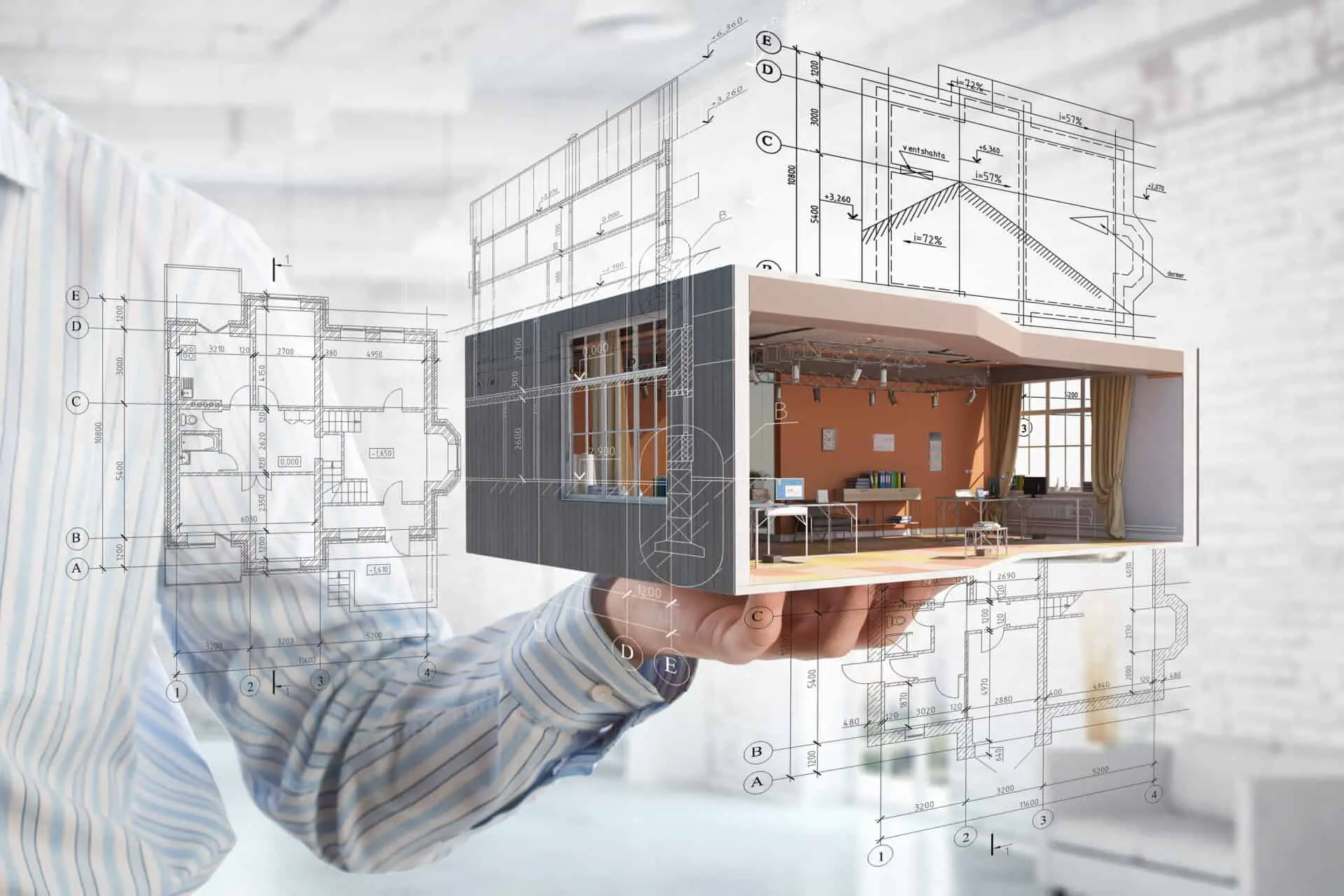Modular homes are at least as strong as traditionally-built houses since they are built following the same safety parameters required for all permanent constructions. Despite being built off-site, modular homes are always attached to permanent foundations, which grants these structures the same strength and stability as an on-site-built house.
Aspects contributing to the strength of modular homes:
- Built according to the local building codes
- Their construction takes place in a highly industrialized environment
- Structure designed to withstand the stress of transportation
The structure of a modular home is, in most cases, even stronger than traditional houses since, in addition to adhering to the required building codes, their building process grants them some extra benefits.
Why modular homes are strong constructions
Modular homes are built according to the local building codes
Modular homes are always conceived as permanent constructions, and as such, they can only be constructed after obtaining the necessary building permits. One of the main requirements to obtain these permits is to adhere to the local building codes, which certify the strength of the structure since these codes are designed to guarantee that the minimum safety and quality requirements are met.
The building codes vary from one location to another to adapt to each place’s necessities since the climate and weather events differ enormously from one state to another. Compliance with the codes certifies that the house is strong enough to resist elements such as fires, floods, wind, rain, and snow, among others [1].
The construction of modular homes takes place in a highly industrialized environment
Most modular home construction takes place in a highly industrialized environment equipped with sophisticated tools and machinery [2]. The mechanization of most of the construction steps enables cleaner and more accurate finishes, which help improve the overall quality of the construction.
Since the controlled environment where modular homes are built shelters the construction setting from any unexpected weather events, the construction materials are protected from any environmental damages. Additionally, this environment creates ideal conditions to work safely and comfortably, improving workmanship quality.
The modular home structure is designed to withstand the stress of transportation
Modular homes are often said to be resistant to earthquakes. This quality is also expected in those traditional homes built in earthquake-prone areas [1], though modular homes are often earthquake proved regardless of where they are being built.
Each one of the modules conforming to the modular home has to be transported from the factory to the property. During transportation, the modules are exposed to a great amount of tremors, which forces modular home manufacturers to design and build a structure capable of withstanding these forces [3]. As a result, the strength of modular homes often exceeds the building code requirements.
References:
- (2018) IBC International Building Code ® ICC International Code Council https://www.ci.independence.mo.us/userdocs/ComDev/2018%20INTL%20BUILDING%20CODE.pdf
- Martinez, S., Jardon, A., Navarro, J.M. and Gonzalez, M. (2008, April 18) Building industrialization: robotized assembly of modular products Assembly Automation, Vol. 28 No. 2, pp. 134-142. https://doi.org/10.1108/01445150810863716
- (2015, April 17) Modular Homes Provide Advantages in Severe Weather Supreme Modular https://www.suprememodular.com/residential-construction/new-jersey-modular-homes/modular-homes-provide-advantages-in-severe-weather/




